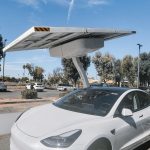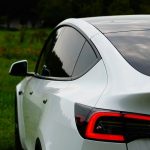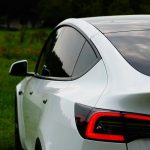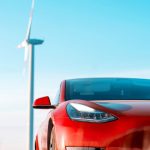At a time marked by significant achievements for Nintendo, Doug Bowser has declared his intention to retire as president and CEO of Nintendo of America (NOA) at the end of 2025. The news comes as the Nintendo Switch 2 reached unprecedented sales since its June 5 launch, solidifying its position in the gaming hardware market. Bowser’s long tenure with Nintendo, spanning more than a decade in leadership roles and six years at the company’s helm, coincided with expansion into new arenas such as major motion pictures and theme parks. As the company prepares for Bowser’s departure, industry watchers are reflecting on the stability and continuity provided by veteran leadership. Many gamers and investors express curiosity about how these changes will affect the brand’s direction.
Looking back over the past several years, Nintendo has experienced substantial commercial success and widened its global influence. The launch of Switch, followed by the quick ascent of Switch 2, reinforced Nintendo’s dominance after a period when other console competitors pressured its market share. When Reggie Fils-Aime previously left his own indelible mark on the company, his transition to Doug Bowser was met with both optimism and skepticism. In subsequent years, Bowser’s leadership corresponded with hit projects like The Super Mario Bros. Movie, which broke records and brought Nintendo further into mainstream entertainment, surpassing prior efforts to capture a cross-media audience. The upcoming transition to Devon Pritchard and Satoru Shibata is unfolding in a far more stable environment than in previous succession periods.
What Has Defined Bowser’s Leadership Period?
During Bowser’s time as president and CEO, Nintendo of America enjoyed significant successes, including the sustained popularity of Switch and the expansion into entertainment beyond traditional gaming. The successful release of The Super Mario Bros. Movie—grossing $1.36 billion worldwide—demonstrated Nintendo’s appeal outside console gaming, while the introduction of new hardware cemented strong ties to both veteran and new fans. As consumer interest remains high, the company has noted that Bowser helped deliver the Nintendo Switch 2, which quickly became the fastest-selling hardware in company history.
How Will Leadership Transition Affect Nintendo Fans?
Devon Pritchard, a Nintendo of America veteran, will take on the role of president following Bowser’s retirement, while Satoru Shibata joins as CEO. Nintendo has stated Pritchard will prioritize the interests of the fan base in her strategy moving forward. In her words:
“With characters and worlds that offer something for everyone, my focus will be continuing to build on Nintendo’s legacy of surprising and delighting our longtime fans, while at the same time welcoming new players into the Nintendo family.”
The company’s leadership is expected to maintain its customer-first approach, emphasizing the importance of sustaining Nintendo’s reputation for creating memorable gaming experiences.
What Outlook Emerges for the Company Post-Retirement?
As Bowser’s retirement approaches, Nintendo is communicating a steady hand at the wheel. President Shuntaro Furukawa conveyed his confidence in the transition:
“I am confident that, like Doug, Devon will continue to support Nintendo’s important mission of creating smiles.”
Bowser himself reflected positively on his journey, underscoring his personal connection to the brand and his pride in the accomplishments achieved by NOA during his tenure. The leadership transition is viewed internally as a means to ensure continuity while exploring new opportunities in gaming and entertainment.
Nintendo’s consistent strategy of leadership drawn from within has provided stability during major transitions. Bowser’s tenure, while accompanied by a highly successful console and media push, benefited from laying groundwork established by earlier management. As Devon Pritchard steps into her new role, the focus on embracing Nintendo’s fan community and exploring additional revenue streams will be crucial. For consumers and investors, maintaining product innovation and relevance in a rapidly shifting market remains a key challenge, especially as competitors continue to evolve their offerings.










